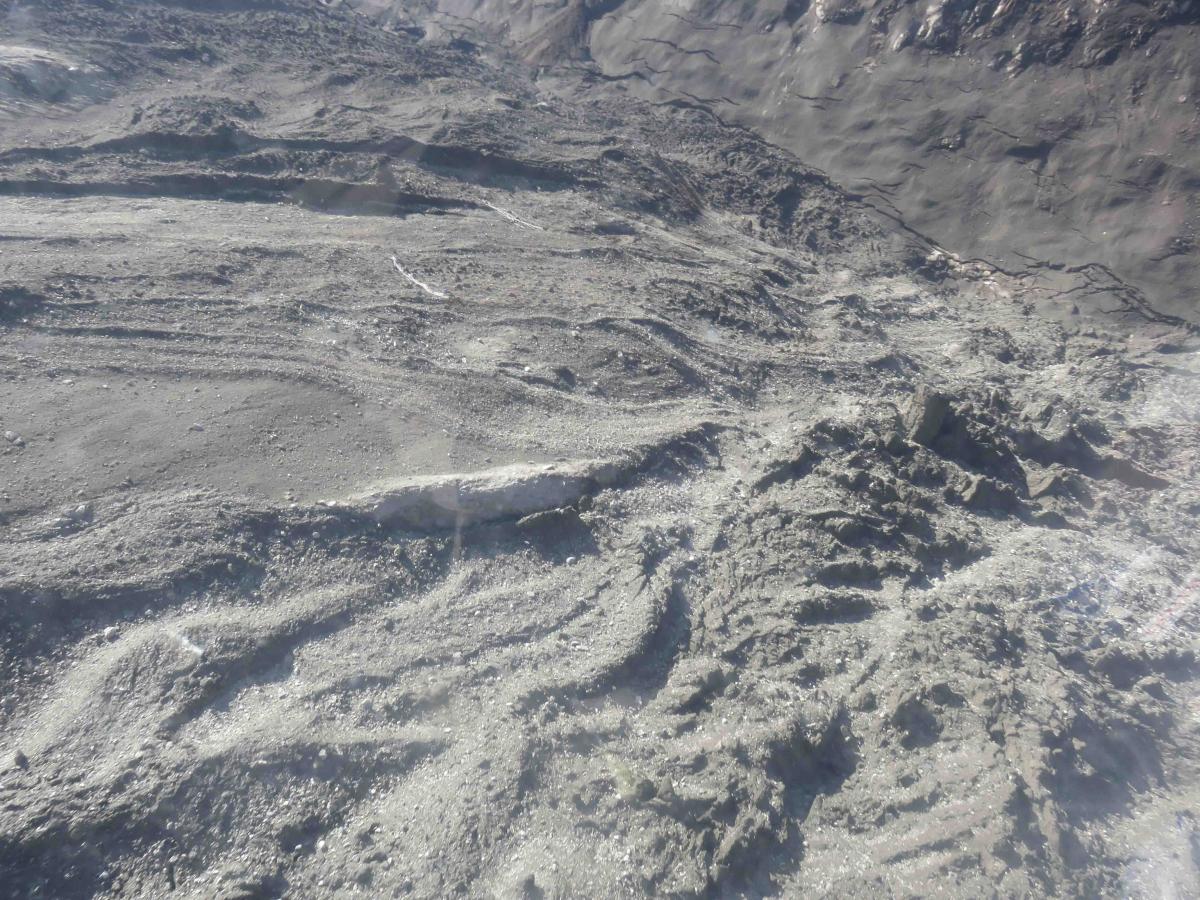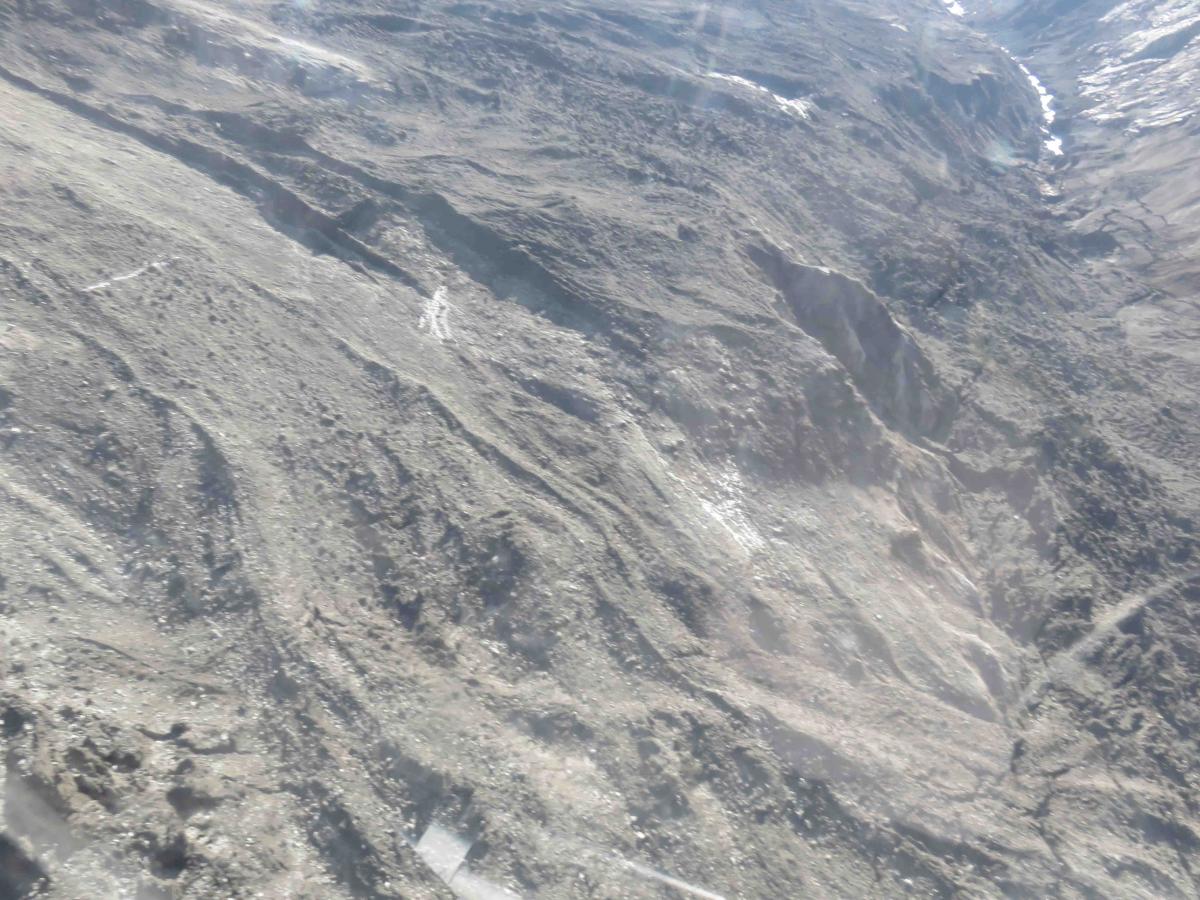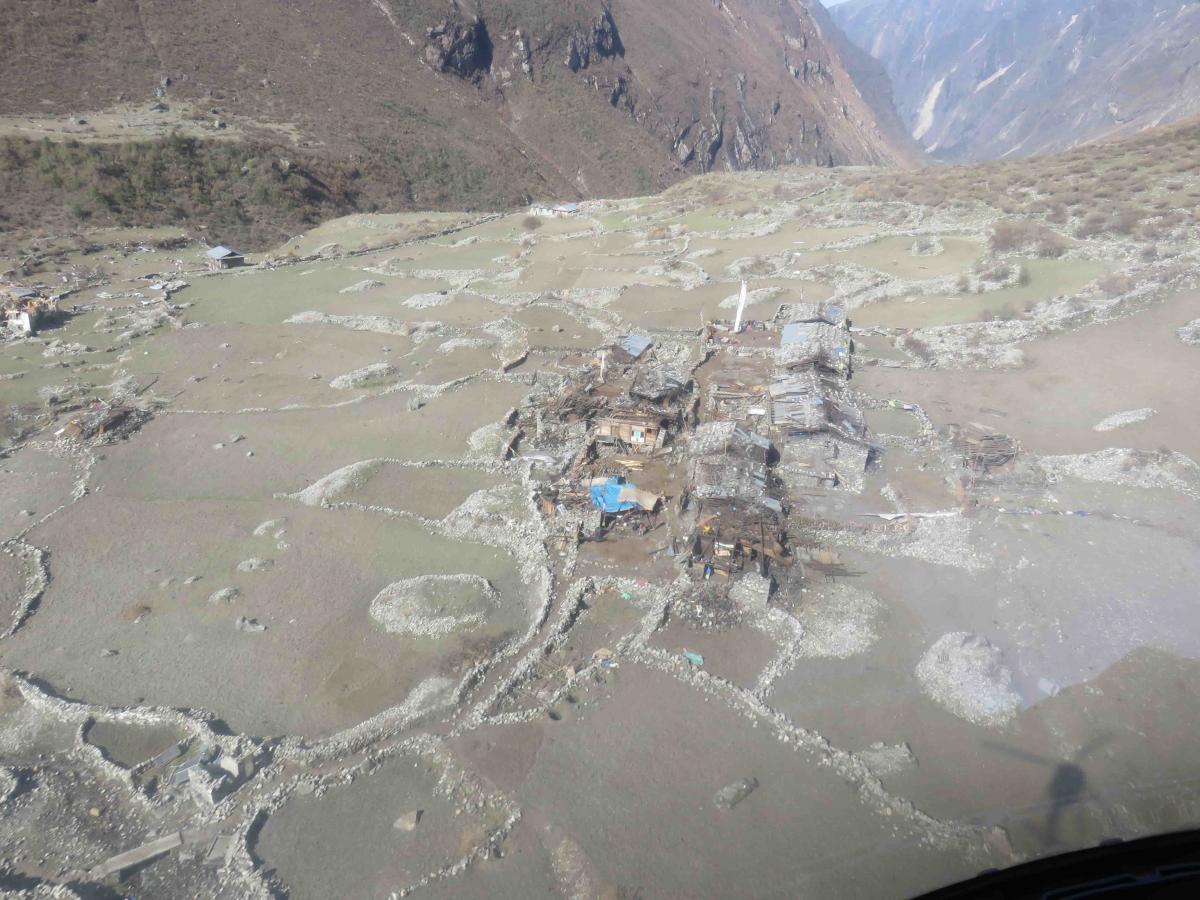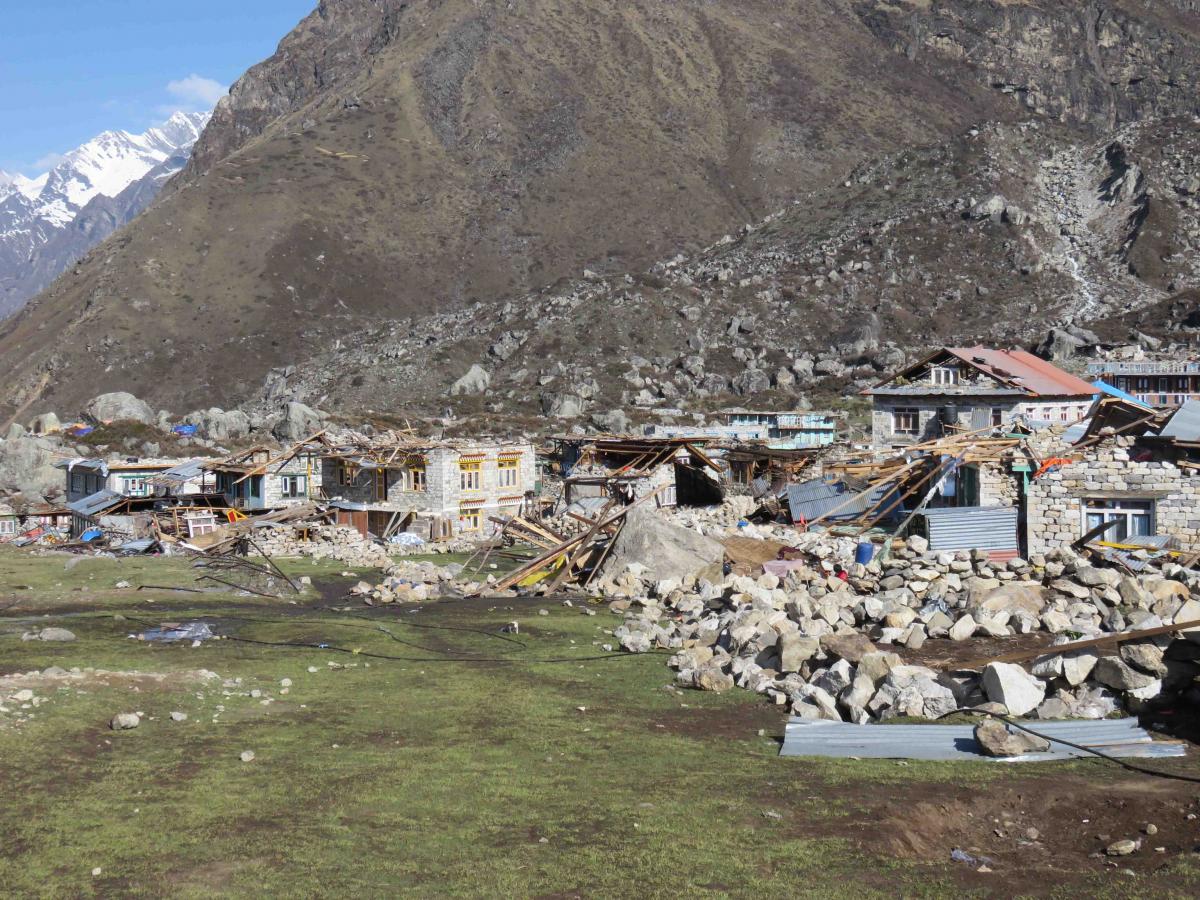Langtang trekking zone in Nepal is one the most popular trekking zone, third by total number of trekkers visiting annually. This legendary Langtang trail is now utterly devastated by what will surely come to be known as the Great Quake of 2015. So extensive is the damage, there is no historical precedence to compare. Official stats tell over 130 people are confirmed dead and among them 28 are foreigners. The death toll is guaranteed to rise as many are still presumed to be buried under dozens of feet of the landslide.
Dhunche and Syabrubesi, two villages long functioning as starting point for nearly all treks in Langtang have probably seen the least damage with over 60% of the buildings rendered unlivable hence requiring mandatory demolition. When the least damaged places are so extensively damaged, numbers alone fail to provide an accurate picture of not just physical devastation but the discreet and long-lasting devastation caused on livelihood, local economy, psychology and most importantly to the long established confidence of ever-prospering and optimistic economic future.
Level of Damages in villages of Langtang valley as seen by reconnaissance team in Langtang:
| Name of villages | Damages |
|---|---|
| Lower Syabrubesi | 60% buildings collapsed or damaged beyond repair |
| Upper Syabrubesi | 80% buildings collapsed or damaged beyond repair |
| Dhichowk | 1 Tea House collapsed |
| Lama Hotel | 8 homes and 15 lodges heavily damaged |
| Ghodatabela | 2/2 fatally damaged |
| Chimi | 15/20 homes & lodges collapsed, 5 heavily damaged |
| Thangshep | 15/15 lodges collapsed |
| Langtang Village | 35 lodges & 60 homes buried by landslide, 1 damaged house standing |
| Mundu | 32/35 houses & lodges collapsed, 3 fatally damaged |
| Kyanjin Gompa | 27/30 collapsed, 3 fatally damaged |
Note: The information provided above is from inspection team from private travel companies.
While the number mentioned above may only tell the damages to the buildings, houses, lodges etc. Its is those very lodges and houses that are the actual infrastructure that makes tourism even possible and it is tourism that make good earnings and employment to thousands of people possible. While the destroyed infrastructure may not validate a general response equaling to the levels given to the dead’s, it is the infrastructure damage that will cause a chain reaction of negativities that will do more lasting damage.





History & Significance of Adventure Tourism in Langtang
Langtang was at the core of the very first project that is now widely seen as the inception of commercial trekking in Nepal. In 1949, a British Adventurer finally received permission from the king himself to conduct numerous reconnaissance treks to Kali Gandaki, Helambu & Everest. Billy Tilman’s thorough research and mapping of the regions was the required sparked that slowly and eventually got noticed by adventurers with commerce in mind.
Highly detailed and informative outcome bestowed thewould be entrepreneurs with adequate information that in turn helped them build commercial adventure holiday products attractive enough to succeed.
Billy Tilman’s legacy is well established, as evidenced by todays’ top three trek destinations in Nepal: Everest, Annapurna (part of Kali Gandaki) and Langtang (the most attractive area close of Helambu). The inertia initiated by Tilman’s work in still intact and strong. Infact, so established that, no new trek zone has not even come close to seeing similar number of trekkers despite numerous efforts by various large and small, national and international, private and governmental organization over many decades.
Thanks to the unrivalled majestic crowns that Everest and Annapurna regions are blessed with, global attractions to the regions overshot Langtang’s popularity and still remains so. Still, Langtang carved a place for itself among trekkers.




